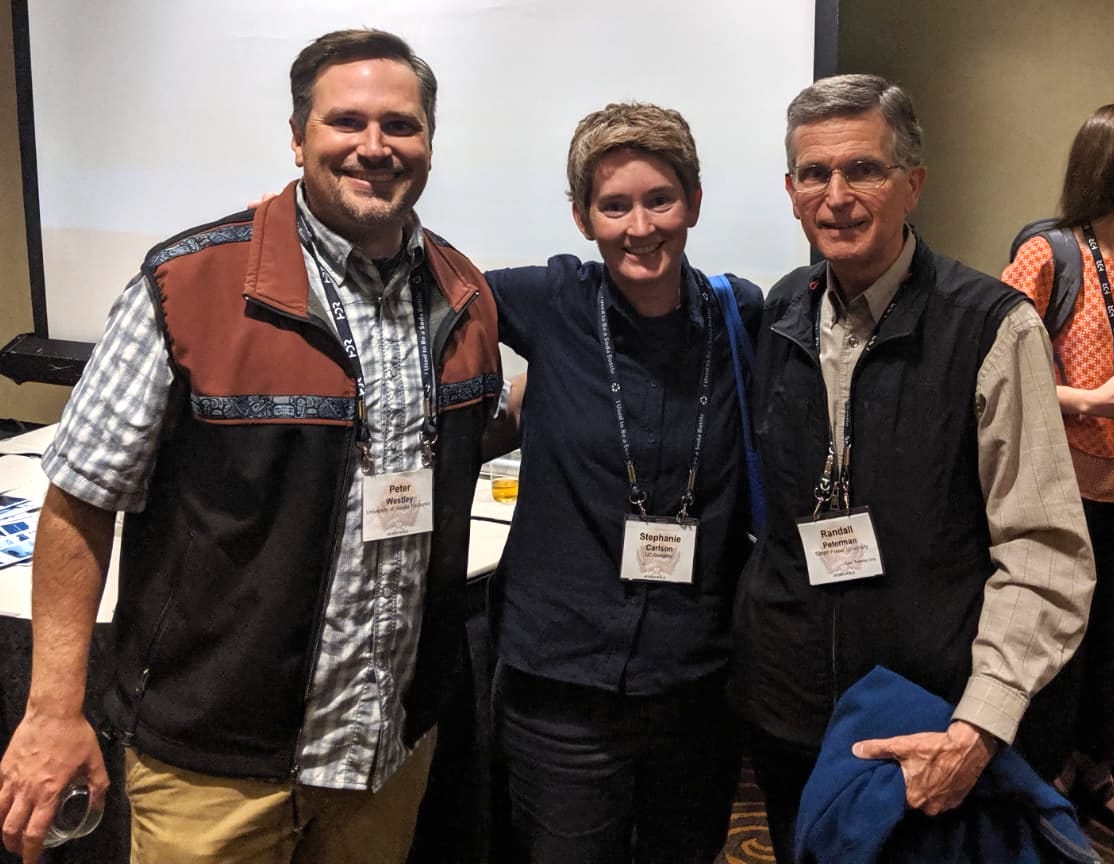The Science of Pacific Salmon Conservation

There is a vast body of scientific research focused on Pacific salmon, as well as enormous resources devoted to their conservation and management. There is a need and opportunity to distill historical and emerging science to inform salmon conservation and management, now pursued by a diverse and growing number of stakeholders. Applied salmon science includes multiple sub-disciplines in the natural sciences, including genetics, evolution, ecology, geomorphology, hydrology, oceanography, and climate science.
This symposium, presented at the AFS & TWS Joint Conference in Reno, Nevada, sought to highlight key foundations and advances in applied Pacific salmon science that are relevant to their conservation and management. The Salmon-Net team convened thought leaders from across the North Pacific—from California, Oregon, Washington, Canada, Alaska, and Japan—to highlight the big ideas in conservation and management of Pacific salmon. From genetics to ecology to economics, speakers distilled key historical and emerging concepts, outlined critical threats, and emphasized conservation actions to maintain resilient Pacific salmon populations.
The session began with fundamental concepts underpinning salmon management, including the density dependence and compensatory dynamics that define sustainable harvest levels. Speakers also revealed new discoveries: for example, there is strong evidence that ocean competition, particularly from pink salmon and exacerbated by hatchery propagation, is decreasing production of many populations and species. In addition, most salmon populations do not exhibit evidence of “over-compensation.” Further, climate change is driving unpredictable oceanic regime shifts; historic relationships between environment and salmon production are no longer predictive. Climate change is also warming freshwaters, which accelerates disease-related risks. Linkages between watershed complexity and Pacific salmon genetics, life-histories, and population dynamics were also showcased, highlighting that multiple stressors are eroding the resilience of the salmon system. In our warming world, landscape-scale conservation and restoration of connected, biologically complex, and dynamic habitats can sustain Pacific salmon diversity and bolster resilience.
The symposium was followed by a lively Salmon Social, where guests chatted with presenters and enjoyed free-flowing salmon banter. Thanks to all who participated!



